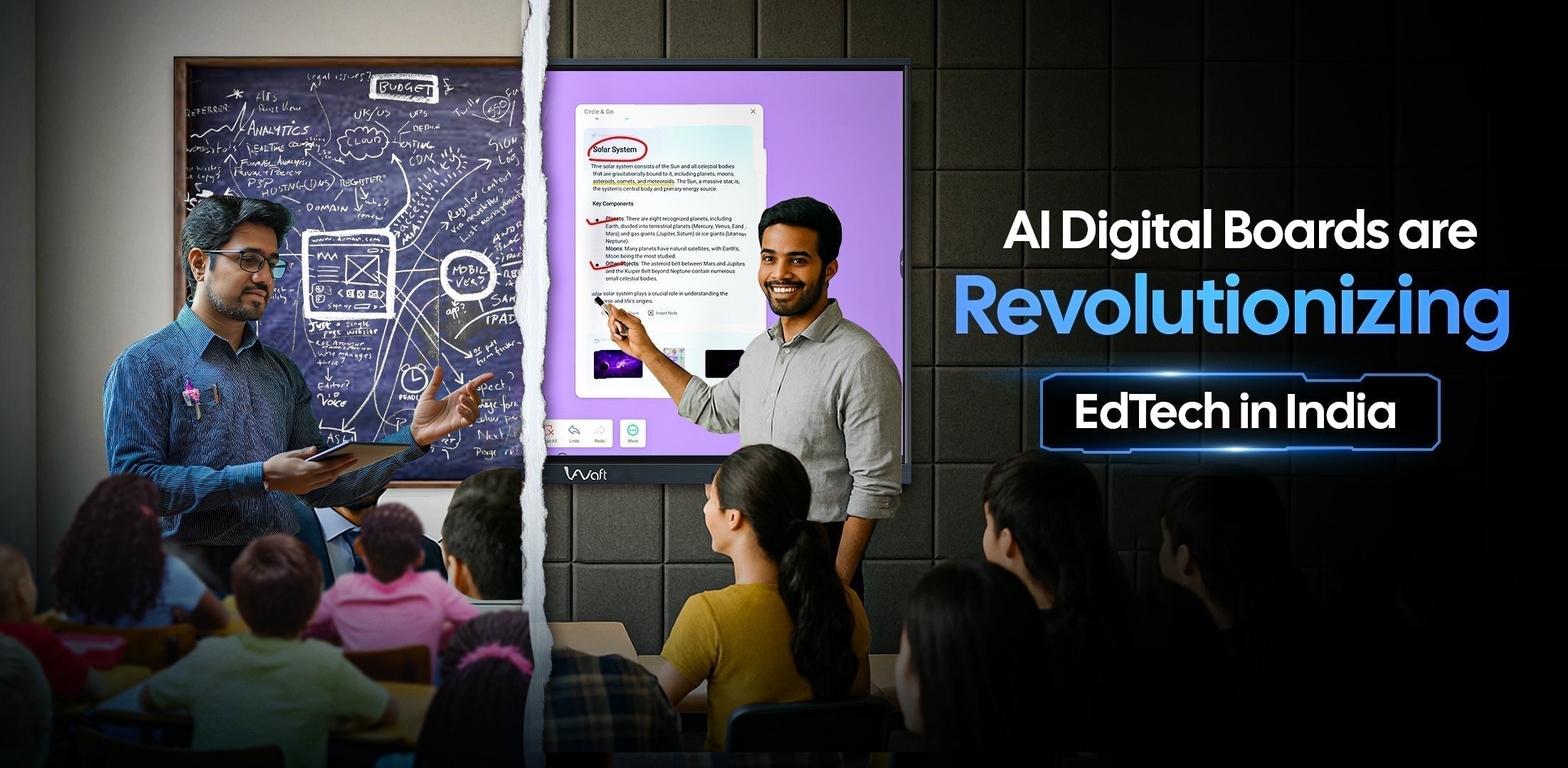Introduction
Our world is being swiftly transformed by technology, and education is no exception. The advent of the virtual classroom has revolutionized how we teach and learn. It has created limitless educational potential by removing all physical restrictions. The popularity of virtual classrooms is increasing at a high pace due to technological advancements all over the world.
The use of online classroom systems has various advantages. The most significant of these is that it enables you to get beyond the drawbacks of traditional classroom instruction, such as 24/7 accessibility from anywhere. In this blog, we will be talking about the virtual classroom, its benefits, and how it works.
Understanding Digital Collaboration
The use of digital tools and technology to engage and exchange information is known as digital collaboration. It is advantageous because it allows students to participate in collaborative learning, which can aid in the development of critical thinking, communication, and problem-solving abilities. Students are also more prepared for today's workforce, where remote work and virtual collaboration are becoming more widespread.
Importance of Digital Collaboration in the Classroom
It is critical to enable digital collaboration in a technology-based learning environment. It allows students to participate in an interactive learning experience. When students learn collectively, they learn more effectively and retain more information.
With many classes now incorporating online elements, collaboration has become even more essential. It supports the development of students' social and cognitive skills. Through working together, students can better grasp learning concepts and improve interpersonal skills that are valuable in extracurricular and real-world settings.
Digital collaboration also equips students with the digital etiquette and interaction skills required in modern society. It fosters a sense of community, teaching students to support, help, and respect one another. This sense of belonging enhances their ability to work toward shared goals and personal growth.
Ways to Implement Digital Collaboration in the Classroom
1. Encourage Students to Ask Questions
Asking questions initiates meaningful conversation and enhances critical thinking. You can use digital tools like videos, images, and interactive content to spark curiosity and discussion. Encourage students' natural curiosity, as it plays a crucial role in personality and knowledge development.
2. Provide Training and Assistance
Both students and instructors must be trained to use digital tools effectively. Offering guidance and support ensures smoother integration of technology into the learning process.
3. Group Projects
Group activities foster teamwork. You can assign collaborative homework or online group tasks. This encourages students to recognize their own strengths and assign responsibilities accordingly, boosting self-awareness and team coordination.
4. Select the Best Digital Collaboration Tools
Choose tools that align with learning objectives and are user-friendly, secure, and accessible. Encourage students to collaborate online while you observe their engagement. Assignments like PowerPoint presentations enable students to express themselves creatively through various media.
5. Peer Assessment
Peer review helps students understand their own and others’ strengths and weaknesses. It promotes communication, constructive feedback, and active listening—all essential workplace skills.
6. Set Specific Learning Objectives
Clear goals and expectations keep students motivated and focused during collaborative activities, ensuring alignment with educational outcomes.
Conclusion
To summarize, digital collaboration in the classroom is an essential aspect of modern education. It encourages cooperation, critical thinking, communication, and problem-solving. By integrating effective tools and methods, teachers can significantly enhance the learning experience.
Although there may be challenges in implementation, the long-term benefits of a collaborative learning environment far outweigh them. Let us embrace digital collaboration to prepare our students for success in a technology-driven world.


